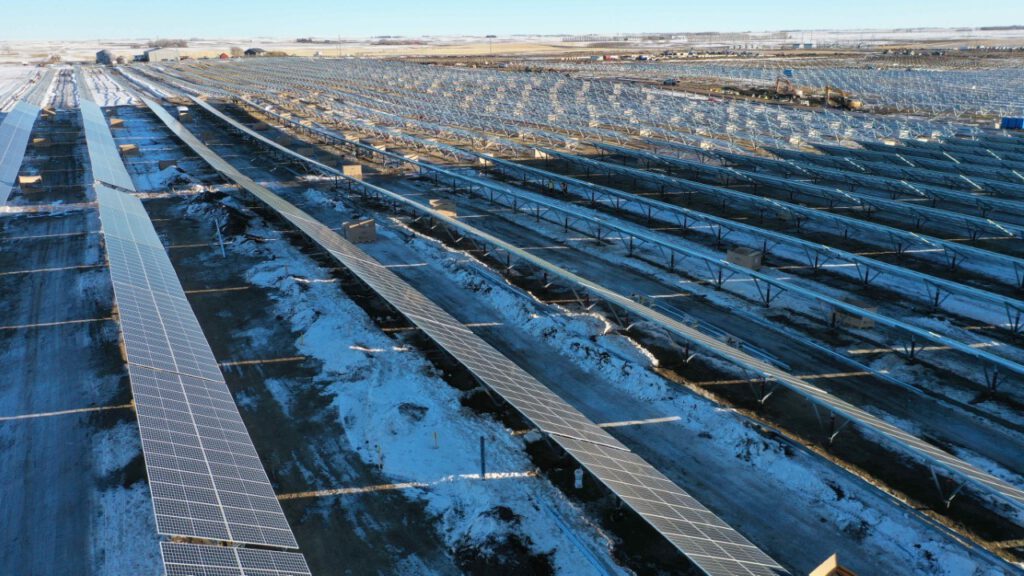Two Words for the 2020s: Clean Electrification

At the November COP26 climate conference in Glasgow, countries made more ambitious commitments to reduce greenhouse gas emissions. The need is clear: while the world agreed in Paris in 2015 that we need to limit global warming to “well below” 2 degrees Celsius, the commitments made at that time would still leave us well above that level of temperature increase. To avoid the worst impacts of climate change – such as losing 99% of the world’s coral, which in turn support 25% of all marine life – we need to limit warming to no more than 1.5 degrees, which requires us to halve carbon emissions this decade, and reach net-zero emissions by 2050.
With emissions still rising, reaching these targets requires more than high-level commitments – it needs a clear and consistent focus on actions we can take now, to achieve reductions of this magnitude without relying on scientific breakthroughs, massive cost reductions, or the passage of time. Many of the efforts we hear about, while necessary to reach the 2050 goal, will not make a real dent by 2030. Planting billions of trees, for example, will absorb large amounts of carbon, but not until decades after they were planted when those trees grow large. Green hydrogen could decarbonize sectors such as heavy industry, heavy transport and aviation, but is many years away from being cost-competitive with fossil fuels, so energy users will not willingly adopt it. Addressing natural-gas methane leaks can be done affordably now, but won’t get us anywhere close to 50% reductions.
There is, however, a formula that can get us to our goal: Electrify everything we can, and make electricity carbon-free as fast as possible. We can sum this formula up in two words – ‘Clean electrification.’
Why this formula? Two reasons – the technology has reached a mature level, and the economics work.
On the supply side, wind and solar power are now the mainstream. Last year in the U.S. – with Donald Trump still in the White House – wind and solar made up 80% of new electricity generation. In Canada, most emissions from electricity generation come from a single province, Alberta, because of its reliance on coal and natural gas for more than 90% of its power. Luckily, coal is being phased out by 2023, and southern Alberta is the sunniest place in Canada – which is why new utility-scale solar projects are being built there, including one for Bullfrog Power and RBC, which was the subject of a Clean50 award this year.

At the right scale in the right places, renewable energy is now cheaper than fossil fuels. The remaining challenge to get to 100% renewable energy, in places without large-scale hydro or nuclear, is energy storage.
Driving the development of batteries is the electric vehicle industry. EV’s provide luxury performance and will reach sticker-price parity with gasoline vehicles by mid-decade. With far lower maintenance and fuel costs, they are often already cheaper than their internal combustion counterparts. With driving range up and charging times down, the major impediments are being addressed. The world’s largest vehicle manufacturers, such as GM and Volkswagen, have committed to 100% EV’s, starting now. They understand this superior technology will win over the market, as they have in Norway, where incentives have moved the cost-parity timeline forward – and nearly 55% of sales were electric in 2020, up from 1% a decade ago.
All these car batteries also provide a massive resource to the electric grid. An EV sitting in a driveway contains enough electricity to power a house for days. New models feature “vehicle-to-building” capability, providing utilities with the flexibility that wind and solar power require to decarbonize electricity.
A third key technology is air-source heat pumps – in essence, air conditioners that can also run in reverse, taking heat from outside air (even when it is cold outside) and pumping it into a building. Because they only require, on average, one input unit of electrical energy to extract three units of heat energy from the air – 300% efficient, versus 95% for a ‘high-efficiency’ gas furnace – they are cost-competitive with fossil-fuel heating. The sticker price is still more than a gas furnace, but because they replace the air conditioner as well, the capital cost is already competitive today. Manufactured at scale, they will only get cheaper.
Are technologies like this enough to achieve 50% reductions? In Canada and the U.S., power production, transportation and buildings account for roughly two-thirds of emissions. Both governments have committed to 100% zero-carbon energy by 2035. Getting close to that by 2030, and leveraging this clean energy for buildings and vehicles, is the clear path to achieving what is needed.
The two-word shorthand for this strategy is clear: clean electrification.














